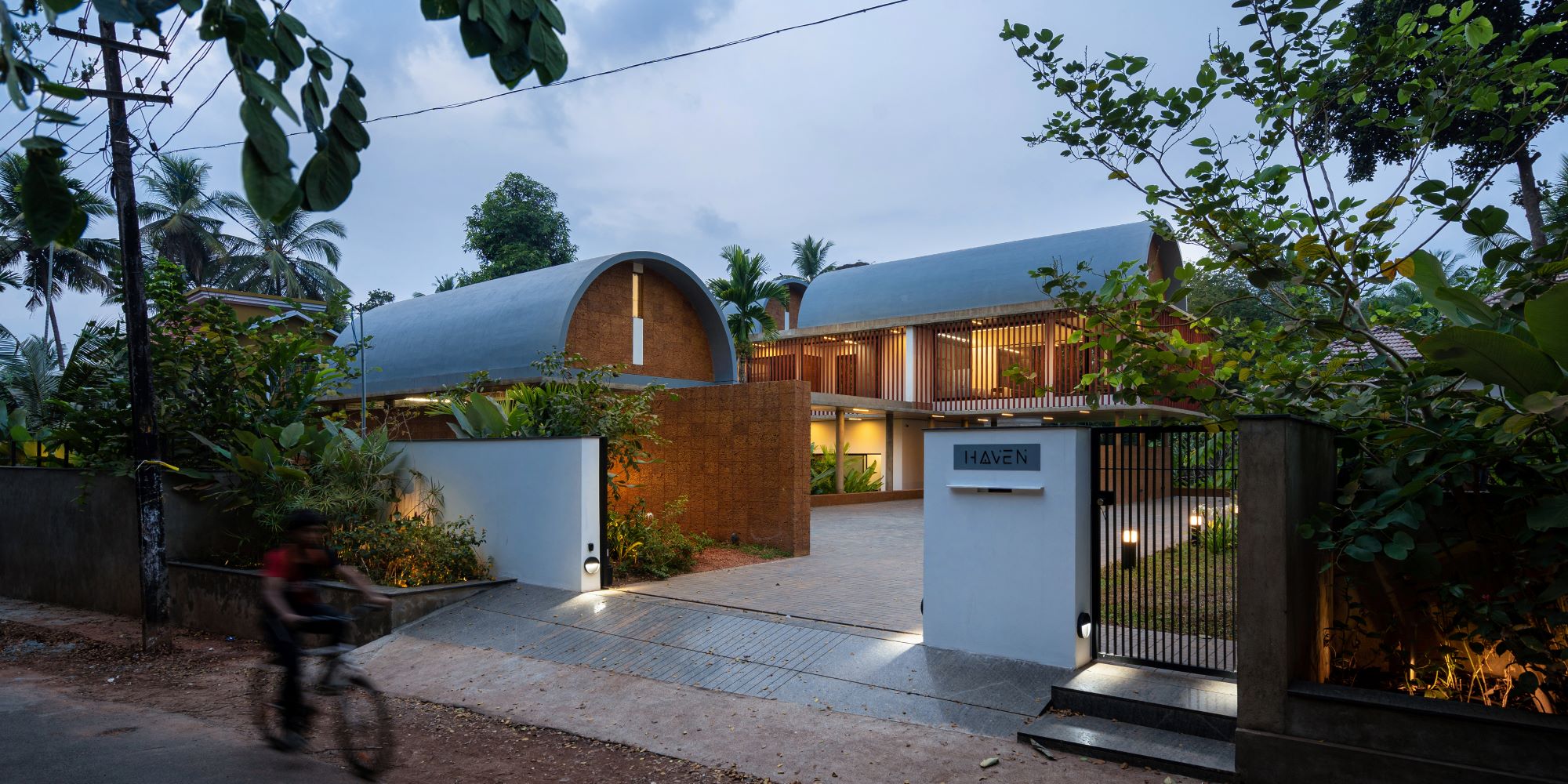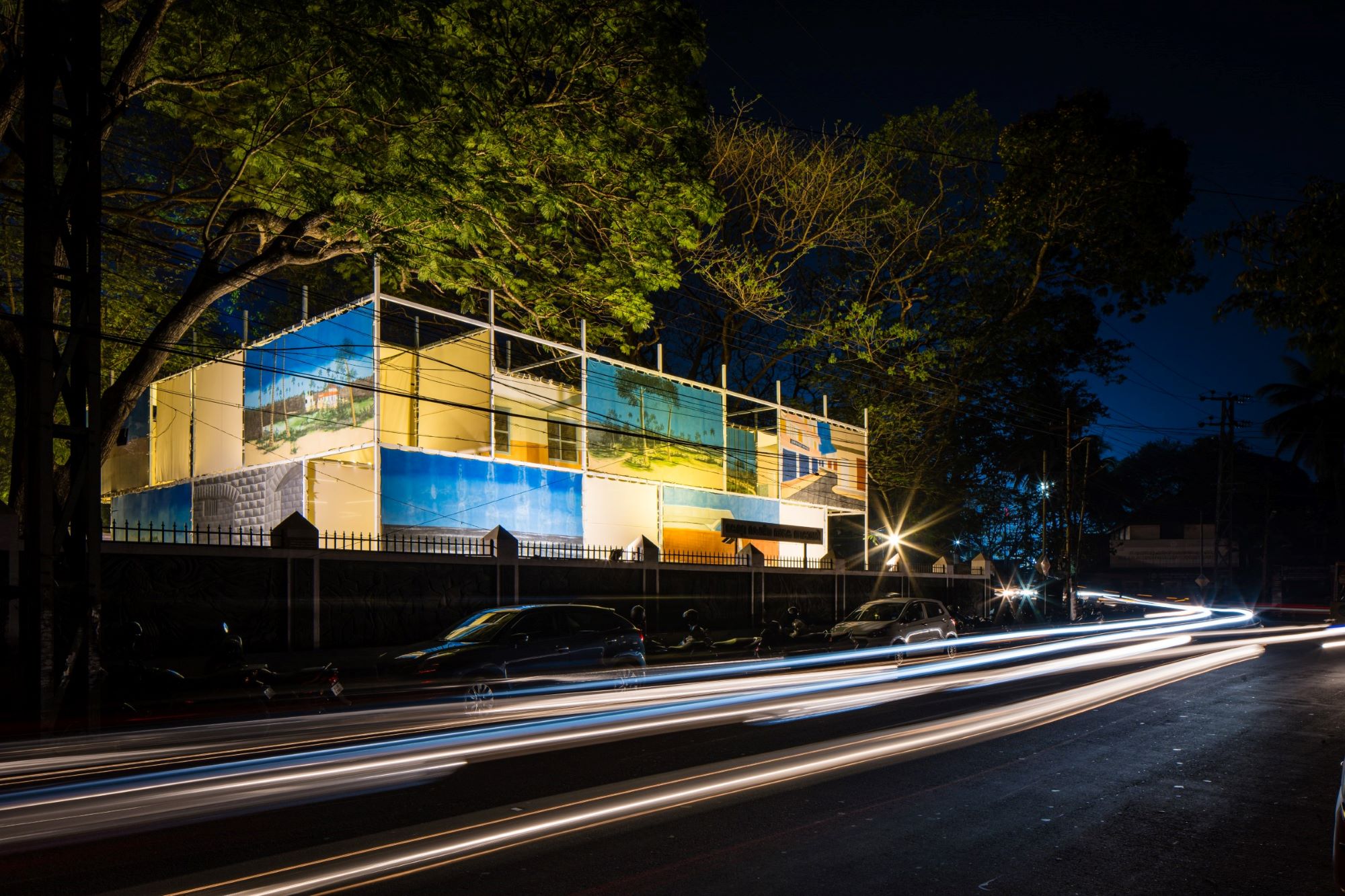“The practice of architecture is the most delightful of all pursuits. Also, next to agriculture, it is the most necessary to man. One must eat, one must have shelter. Next to religion itself, it is the spiritual handmaiden of our deepest convictions.”
Philip Johnson
After graduation in architecture, of course the excitement of joining a firm as an architect can be quite exhilarating! The feeling is “I have arrived”. And then starts the journey of shifting from the academics of architecture to the ground realities which can be rather harsh. Fade away, over a period of time, the rosy images and what unfolds for the fresh young architect, are the truths of real-time encounters while dealing with a project, site supervision or then being a participant in the making of the loads of drawings that are required for acquiring/construction of a project. It’s a very tight rope that has to be crossed, especially in the majority of present-day practices, where work schedules are tight, man-power shortage is evident, expectancies are huge of the hiring architect firm and above all, the pay-scales don’t match the high-level of proficiency demanded.
It is in such circumstances that the young architect, with sheer passion, zeal to learn and with commitment, gradually evolves an identity, beliefs in the profession, and moves forward to setting an individual practice, which is always a dream of an architect.
It’s also this exposure in the formulative years of working in a firm that concretize the structuring of his/her design office.
That said, architectural practice in a mega-scaled country like India, is poised with diversity. Naturally, the scope of work in the big metros is wider and broader whereas in the two/three tier cities it’s more toned down. The other day, talking to established architect/academician Ramakrishna Rao based in Mysuru, he observed, “The best asset in architectural practice in tier 2 and 3 towns is the social connect, a relationship which extends beyond technology. The flip side is the magnitude of the projects and a reluctance to leave old ideas behind. Architects need to manoeuvre between the new trends and out-of-date design solutions.” Yes, I think the architect no doubt has to take the lead here in bringing awareness for the citizens to opt for solutions that are more contextualized to modern-day concerns.
Tradition has, and will always play a role in shaping our thoughts. It is the emerging young practices that have to take a lead to break the herd-mentality in society to pursue non-contextualized global styles.
Samuel’s comment that “The practice of architecture not only requires participation in the profession but it also requires civic engagement”- reminds me of Pritzker awardee B V Doshi’s style of practice and discourse. Communication with the people for whom the spaces are meant to be and understanding their needs was always a priority for him. In a country of 1.4 billion people, understanding the requirement of the masses through dialogue and other mediums becomes vital. Intense chats with the end-user and the industry players for appropriate solutions should of course be encouraged by practices rather than force design derivatives born in the studios. In the contemporary times, all arms of architecture have gained equal relevance. In this vast country, it is this robust and varied approach to architecture through response to regionalism, context, tradition, vernacular – that the exciting rhyme in the profession is being maintained.
Creativity knows no boundaries, and the focused practices, whether in the metropolitan cities or then the smaller towns, are absorbed in discovering a newer identity. The social media or then the media at large, really does not do justice to these silent warriors and torch-bearers of change.
There’s a fair amount of debate about architecture as a profession losing its sheen amidst the young ones. Some experts attribute it to the lack of upgradation of the curriculum, others to the unenthused faculty or then to the lure of other more paying professions with faster growth incentives. While there may be substance in all these pointers, the truth is that the profession of architecture has always been a process of slow and steady growth. There is no denying the fact that even in the eighties and nineties, it was often voiced that the profession was a dying one. The pay-scales in architecture practices even then were tardy. But yet we have undoubtedly seen a positive surge all along in this period. Practices have evolved and responded with the changing times. And now, with advancement in technology and newer materials available, with governments spending more on large-scaled infrastructural and institutional projects, the scope no doubt has been amplified.
On the contrary, in fact, I feel that the dynamics of practice today are more invigorated than ever before. The bigger firms because of more opportunities and larger scaled projects are expanding, the medium sized ones are generating their own idiom of practice, there are more women in architecture and design practice, there is increase in professionalism, globalization has sprouted more venues, there is incentivized research- one could think of so many other rising steps. Greater rationalization and consolidation have emerged between the professional and the allied industry. Even the developed countries have their own set of peculiar challenges in architecture practice. Friends and colleagues living abroad and in this profession, are equally sceptic about the changing professional scenario in their context. The struggle, as always, is very much being felt by them also, and often talk enviously about the growing architecture practices in India.
The time is ripe now to set bench marks realizing our unique strengths. Indian architecture through research, innovation and resilience, is catching international eyeballs. We have the privilege of having the evolution-experiences of a civilization of over five thousand years.
There’s always much more desired– stability, opportunities of growth, enhanced financial renumerations in practices, conformity to laid down practice guidelines, more incisive COA (Council of Architecture) and IIA (Indian Institute of Architects) practice-regulatory derivatives, self-discipline approach within the fraternity and such other progressive steps. Course corrections are always healthy and spontaneous. The resolute should be to not get complacent and accept mediocrity but pragmatically contribute to address society’s requirements/aspirations and further bring in awareness amongst the masses to respect nature and the environment.
Architecture and design have a tremendous role to play in shaping our future society. Let’s accept it, in this phase of the AI and corporatization, with inherent ingenuity and adaptability, the architectural journey has all the ingredients to make it provocatively pungent. It depends which side of the glass one wants to see – half full or half empty.
Featured Image: AI-Generated on Canva









One Response
A very pragmatic and holistic viewpoint of a complex phenomenon like ‘architectural practice in India’ has been presented so defly by Ar.Suneet Paul. His brings forth diverse and factual aspects of professional challenges with brevity – a hallmark of his expertise indeed. Enjoyed reading and will surel be sharing amongst my students and colleagues!